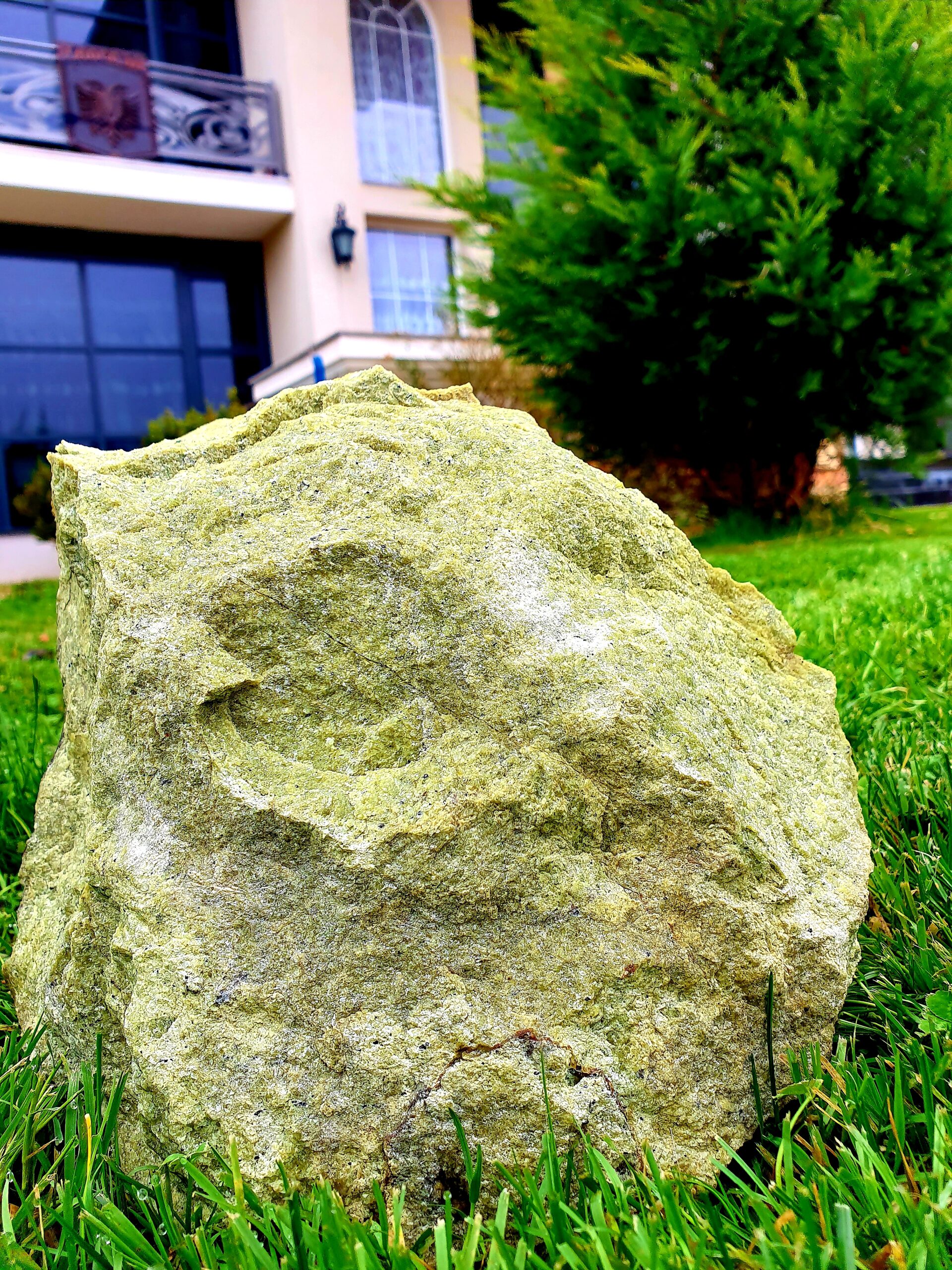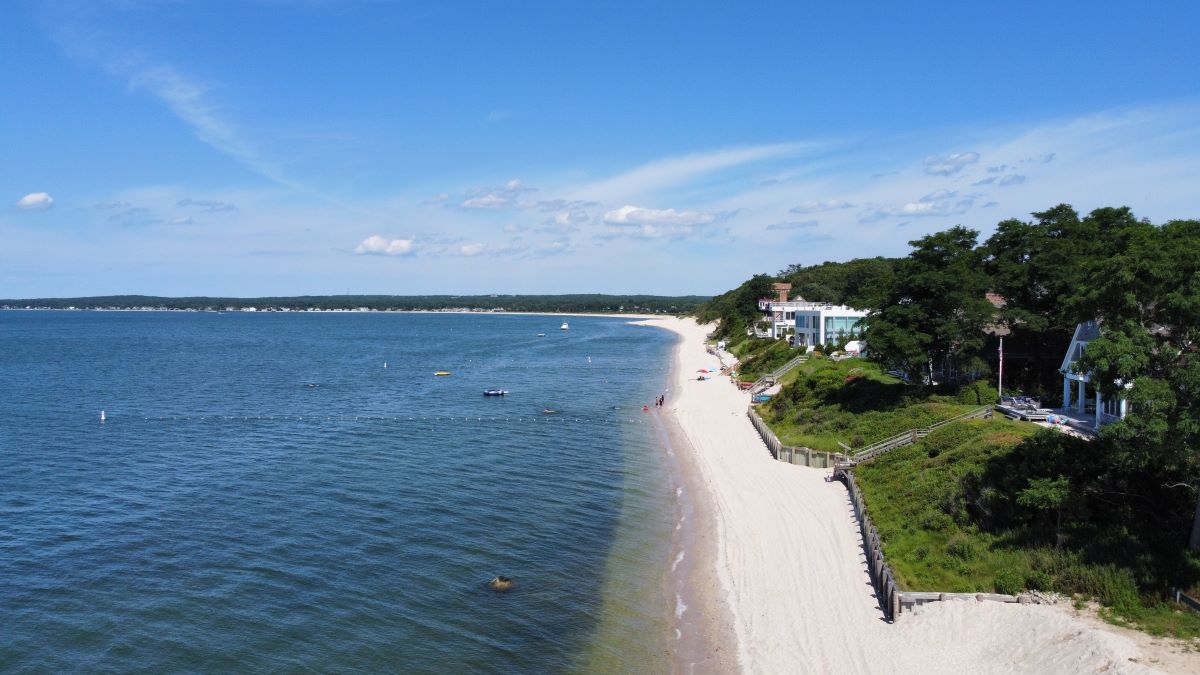Carbon dioxide is a greenhouse gas and it is important to reduce carbon emissions to combat further global warming. Clearly, this cannot be achieved solely by using olivine. Measures to reduce carbon emissions continue to be urgently needed but capturing the CO2 that has already been emitted helps to limit the damage. The ability to predict how much CO2 olivine captures over time also has commercial benefits.
To capture CO2, olivine must weather first. The two-year trial was designed to identify the conditions that favour this process and the speed of the process in the field. That knowledge could be used to improve the model.
- The predictions from the expert model are accurate in terms of determining the natural weathering process and carbon capture.
Does nickel represent a problem for the application?
When olivine weathers, it releases another substance into the environment: nickel. There are European guidelines for the risk assessment of nickel. The trial also looked at the nickel load. In all cases, the level of contamination remained below the levels stated in the European guidelines.
- The module to predict potential nickel contamination and assess it using statutory criteria has now been added to the expert model. In this trial, nickel concentrations did not exceed the guidelines.
Good to know: the trial was on land
When looking at the results about weathering and nickel, it should be remembered that the trial was conducted on land. No conclusions can therefore be drawn about application in fresh or salt waters. Other chemical and ecological effects also play a role in those conditions. This area is being investigated separately, among other things in a study being conducted with the Netherlands Institute for Marine Research (NIOZ).
How was the trial organised?
Eleven test plots in all were set up at Deltares. They were located on a section of land fed with rainwater and closer to the water, where we could conduct tests with groundwater. Measurements were taken at two depths in each plot: with olivine on top of the soil or mixed in with the soil. There were four plots with Spanish olivine and four with Norwegian olivine, as well as two plots with Wollastonite. That is another mineral with a different composition (i.e. more calcium) that captures CO2. There was also a reference plot with no olivine. Two olivine plots were planted with alternating barley and rye to investigate any effects on them.
After a trial period of two years and multiple measurements at 44 points, the report was written.
Deltares conclude that our predictions were correct: nickel toxicity was limited, and there were no adverse effects on the vegetation in the trial plots.

Olivine trail plots on Delft campus
This Deltares study was made possible in part with TKI funding. In this way, the Dutch Ministry of Economic Affairs and Climate is investing in innovative solutions. The partners in this project were Rijkswaterstaat, Wageningen University, Van Dijk Maasland and Greensand. There were also contributions from the University of Antwerp and Green Minerals.
Discover more from Green Innovation News
Subscribe to get the latest posts sent to your email.





